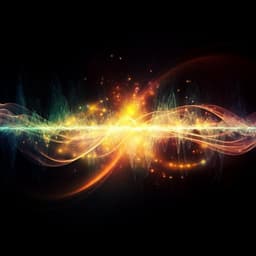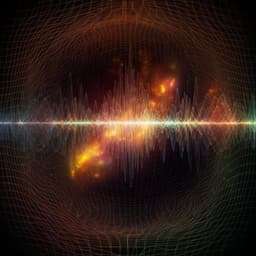
Physics
Spatiotemporal observation of quantum crystallization of electrons
H. Murase, S. Arai, et al.
This captivating study by Hideaki Murase, Shunto Arai, Tatsuo Hasegawa, Kazuya Miyagawa, and Kazushi Kanoda explores the rapid spatiotemporal observations of electronic crystallization in the organic material θ-(BEDT-TTF)₂RbZn(SCN)₄. The findings highlight unprecedentedly fast growth kinetics, shedding light on the quantum features influencing crystallization processes.
Playback language: English
Related Publications
Explore these studies to deepen your understanding of the subject.







